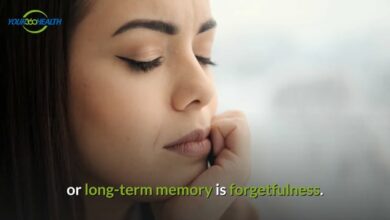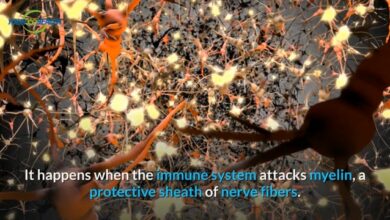The Dangers of 20/20 Vision
By: Dr. David L. Cook O.D.,F.A.A.O., F.C.O.V.D.
Cook Vision Therapy Center
20/20 vision is the ability to see tiny letters in the distance. Indeed, 20/20 represents “perfect” distance seeing.
How then, can 20/20 be dangerous?
For many years, Jim, a high school student, had encountered this danger, firsthand.
Jim had 20/20 vision. His vision had always been 20/20. As a child in the pediatrician’s office, his vision had been 20/20. During each of a seemingly endless number of yearly school screenings, his vision had been 20/20. Even in third grade, when he had complained to his mother that he was having trouble seeing to read, a trip to the eye doctor had revealed that Jim had 20/20 vision.
When the eye doctor told him that his trouble seeing was “all in his mind,” Jim quit complaining. For this reason, he struggled through nine additional years of school without anyone suspecting the truth about his vision: he could not read for more than 10 minutes before the print began to blur and run together.
Because of his vision problem, Jim could not stick with his reading. He would fatigue after a few minutes and could no longer understand what he read. Rather than continue with the frustration of reading, Jim had learned to avoid reading whenever possible.
Being intelligent, Jim would listen in class carefully and do well when tested on any material which the teacher covered verbally. Also, because math does not require the same sustained visual effort demanded by reading, Jim did well in math, except on story problems. Despite his success in school, however, Jim’s self-confidence was secretly low because he knew he couldn’t read like his friends.
In his senior year of high school, Jim was finally referred to our office for an eye exam which goes beyond testing for 20/20. The reason for the exam: he had done very poorly on the SAT test which most colleges require be taken. When asked what had gone wrong, he confessed that the print had blurred and doubled and that he could not concentrate long enough to finish this three-hour test.
Jim’s examination with us revealed that he had a vision problem which makes sustained reading difficult, even though he had 20/20 vision. Four months later, after treatment for this condition, Jim was able to read for an hour at a time without blurred or double vision. Unfortunately for Jim, he had missed many years of reading practice because of the avoidance created by his vision problem. Although this treatment had opened the door for Jim to become a better reader, it would take him many months before he could really compete with other students entering college.
For Jim, 20/20 had indeed been a danger – to his reading, to his education, and his self-esteem. The danger did not lie in his ability to see words in the distance. The danger rested in the mistaken belief that 20/20 was enough for good performance.
Visual difficulties like Jim’s are common. According to the American Optometric Association, almost two out of ten children suffer from similar problems despite having 20/20 vision.
Because children do not always tell others, or even know that they are having difficulty seeing, it is important that every parent understand the following:
20/20 means that a child can see tiny letters across the room, that is for as long as it takes to read an eye chart. 20/20 does not mean that the child can see the blackboard at the end of the day when he is tired. It does not mean that the child can see to read without blurred or double vision. It does not mean he can use his eyes to guide his hands during writing. It does not mean he can control his eyes well enough to keep his place when reading.
To avoid a life of frustration for your child, like Jim encountered, be aware of the “danger” of 20/20 vision diagnosis.
For more information or to receive a free copy of Dr. Cook’s book explaining these vision challenges, please call Cook Vision Therapy Center, 770-419-0400.
Address: Building 400, Suite 107, Marietta, GA 30067.
Website: www.cookvisiontherapy.com




